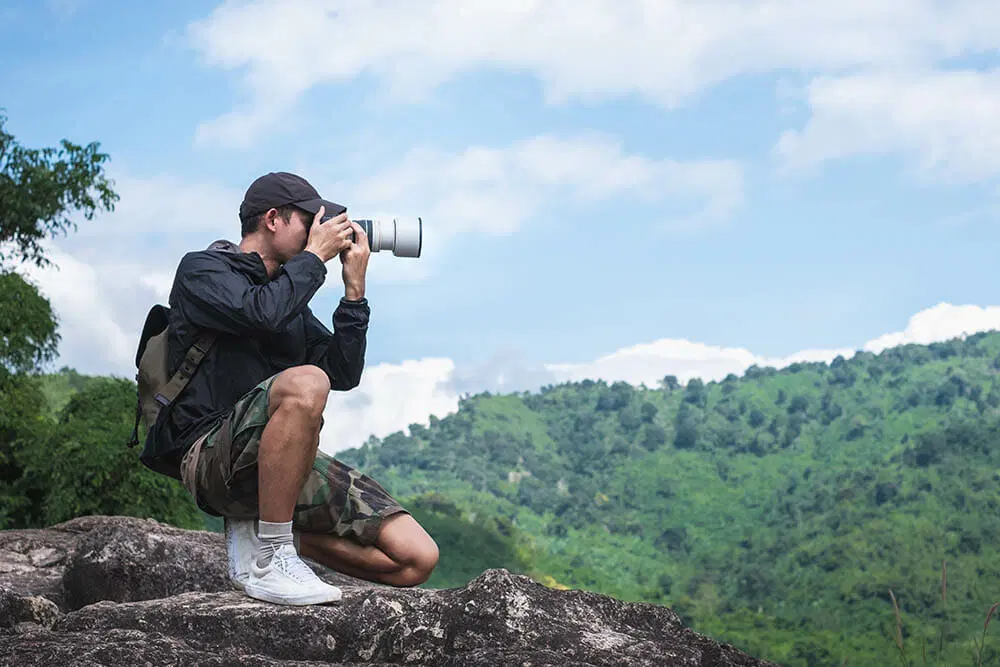Street photography is a captivating genre that captures the pulse of urban environments and the vibrancy of everyday moments. It offers a window into the dynamic and often unnoticed aspects of city life. If you’re eager to explore this art form and improve your skills, here’s an in-depth guide to help you capture the essence of urban life with your camera.
1. Embrace the Unexpected
Street photography thrives on spontaneity. Cities are full of unexpected moments and fleeting interactions that can make for compelling images. Keep your eyes open and be ready to capture those candid instances. Whether it’s a fleeting glance between strangers or a burst of laughter on a busy street, these unscripted moments often hold the most genuine emotion and intrigue.
2. Know Your Gear
While street photography doesn’t require high-end equipment, understanding your camera’s features is crucial. Many street photographers favor compact or mirrorless cameras because they’re discreet and versatile. Ensure you’re familiar with key settings such as aperture, shutter speed, and ISO so you can quickly adjust as situations change. Practice using your gear until it feels like an extension of your own vision.
3. Learn to Observe
The best street photographers are keen observers of their surroundings. Spend time simply watching the people and environment around you. Notice how individuals interact, the play of light and shadow, and the rhythm of the city. This heightened awareness will help you anticipate moments and compose shots that tell a story.
4. Capture Genuine Emotions
Authenticity is a hallmark of powerful street photography. Look for expressions and actions that reveal the true essence of urban life. Avoid staging scenes or directing subjects; instead, aim to capture their natural behavior. Genuine moments of emotion, such as joy, frustration, or contemplation, add depth and resonance to your images.
5. Master Composition
Effective composition can transform an ordinary street scene into a striking photograph. Apply principles like the rule of thirds, leading lines, and framing to enhance your images. For instance, use a doorway or window to frame your subject, or employ leading lines like roads or sidewalks to draw the viewer’s eye into the scene.
6. Work with Light and Shadow
The interplay of light and shadow plays a significant role in street photography. Early morning and late afternoon light often provide dramatic contrasts and rich colors. Conversely, overcast days can offer soft, even lighting that’s excellent for capturing detail. Experiment with different lighting conditions to see how they affect the mood and texture of your photos.
7. Respect Privacy
While street photography often involves candid shots, it’s important to approach your subjects with respect. If someone reacts negatively to being photographed, be prepared to apologize and, if necessary, delete the image. Building a rapport and showing consideration can lead to more comfortable and cooperative interactions.
8. Utilize Minimalism
Sometimes less is more. Simplify your compositions by focusing on a single subject or element within the scene. Removing unnecessary distractions can help emphasize the core of the image and create a stronger visual impact. Pay attention to how each element in the frame contributes to the overall story you’re telling.
9. Blend In
To capture natural, unobtrusive images, blend into your surroundings. Dress casually and avoid drawing attention to yourself. Your goal is to be a silent observer rather than a noticeable presence. This approach helps you capture more authentic and candid moments without influencing the scene.
10. Edit Thoughtfully
Post-processing can enhance your street photography, but it should be done with care. Adjusting contrast, cropping, and converting to black and white can bring out the best in your images. However, aim for edits that enhance the natural feel of the photograph rather than altering it drastically. The goal is to refine the image while preserving its authenticity.
11. Practice Patience
Street photography often requires patience. The perfect moment may take time to present itself, and it’s important to be prepared to wait for it. Don’t be discouraged by missed shots or challenging conditions. Each outing is an opportunity to learn and improve, so stay persistent and open-minded.
12. Study the Work of Others
Examine the work of established street photographers to gain inspiration and insights. Analyze their techniques, compositions, and subjects to understand what makes their images compelling. This study can offer new perspectives and ideas that you can incorporate into your own practice.
Street photography is an art form that captures the heartbeat of urban environments and the myriad stories within them. By embracing spontaneity, honing your observational skills, and mastering technical aspects, you can create powerful images that reflect the vibrant tapestry of city life. Enjoy the process of exploration and discovery, and let your camera become a conduit for the rich experiences you encounter on the streets.













